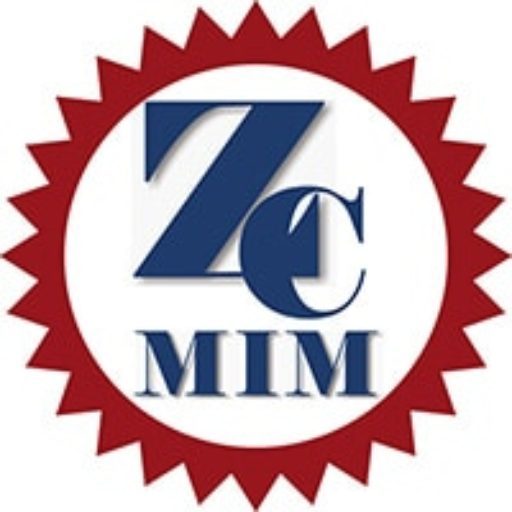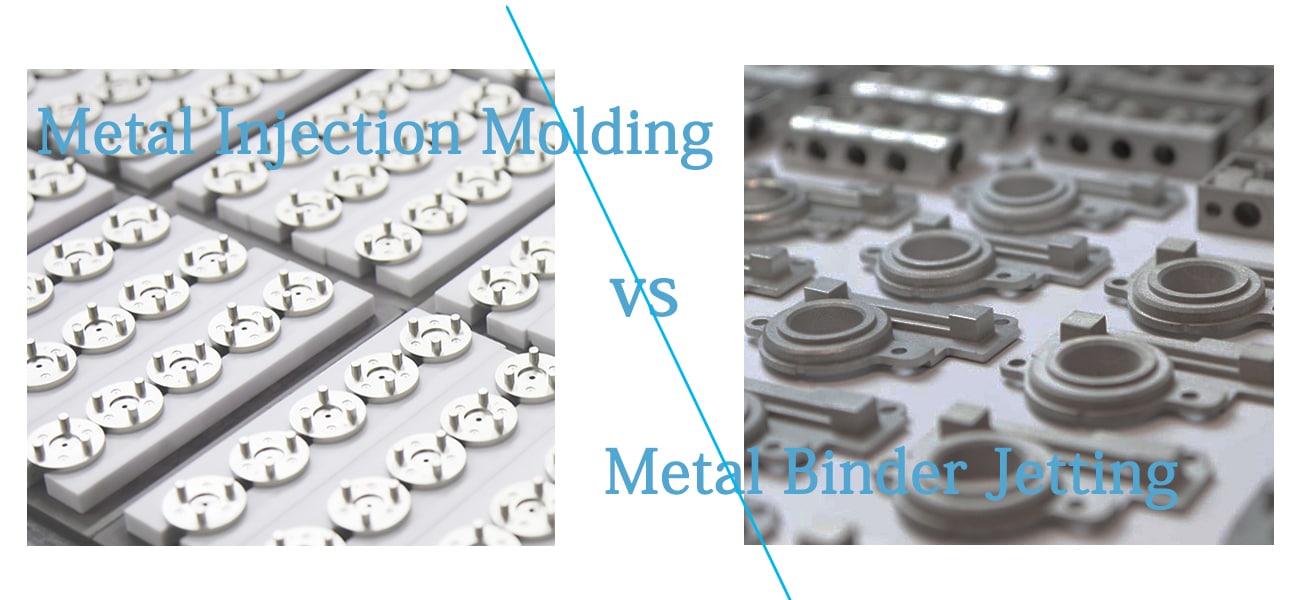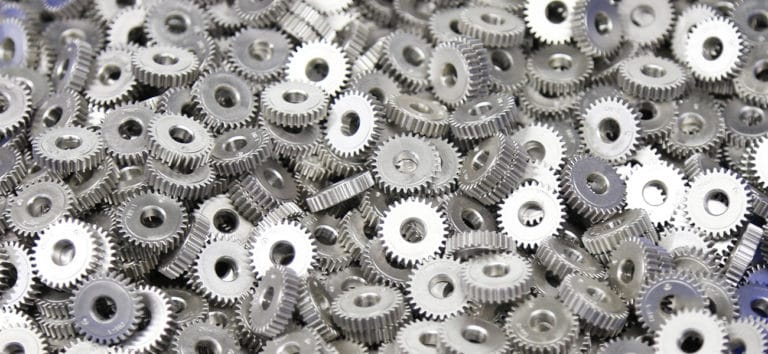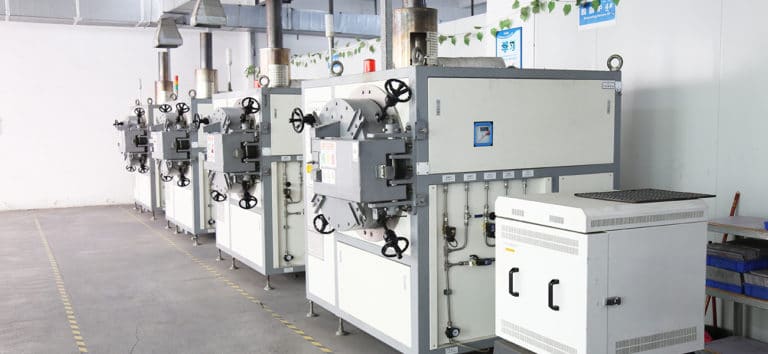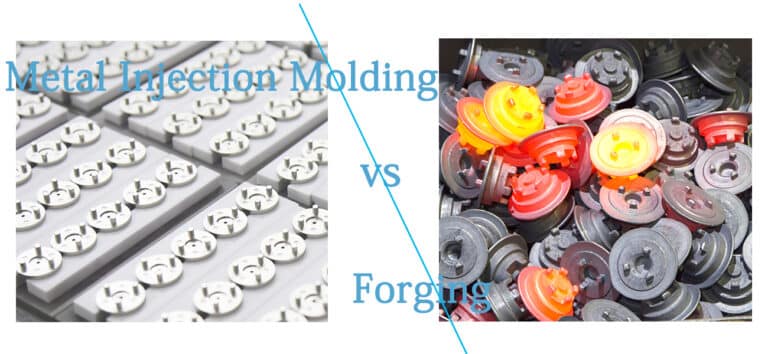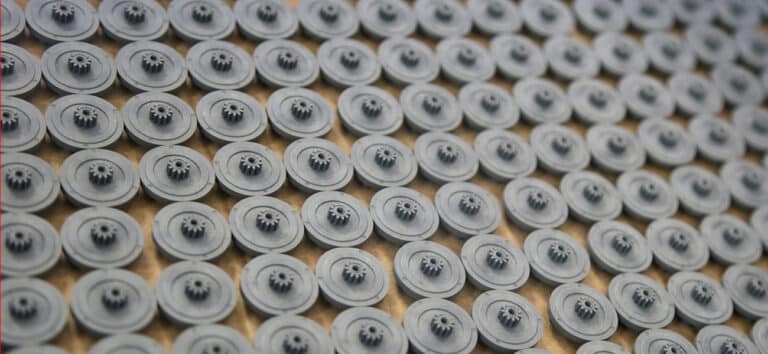Metal Injection Molding vs Metal Binder Jetting
Metal Injection molding (MIM) vs Metal Binder Jetting (MBJ) have similar densifying processes of debinding and sintering. The main difference is forming method, MIM applies normal injection molding technology, while MBJ applies 3D printing (Additive Manufacturing) technology.
As MIM is a variation of injection molding process, MIM feedstock is injected into a mold to form the green part, then debinded and sinered to become fully metal parts. After the same sintering process, Metal Binder Jetting (MBJ) parts have very similar properties to MIM parts. Therefore, MBJ builds upon the know-how of the MIM process.
Metal Injection Molding
Metal Injection molding (MIM) is a mature metal manufacturing technology with over 30 years experience. As MIM has various material options, it is reliable for small components in high quantities. The industries apply MIM include: medical, dental, electronics, automotive, and general industrial.
The main financial investment in MIM is the molds, this cost is ranging from $5,000 to more than $10,000. Therefore, MIM technology is suitable for these parts, which will not experience design changes for several years, or high volume production to amortize the mold cost.
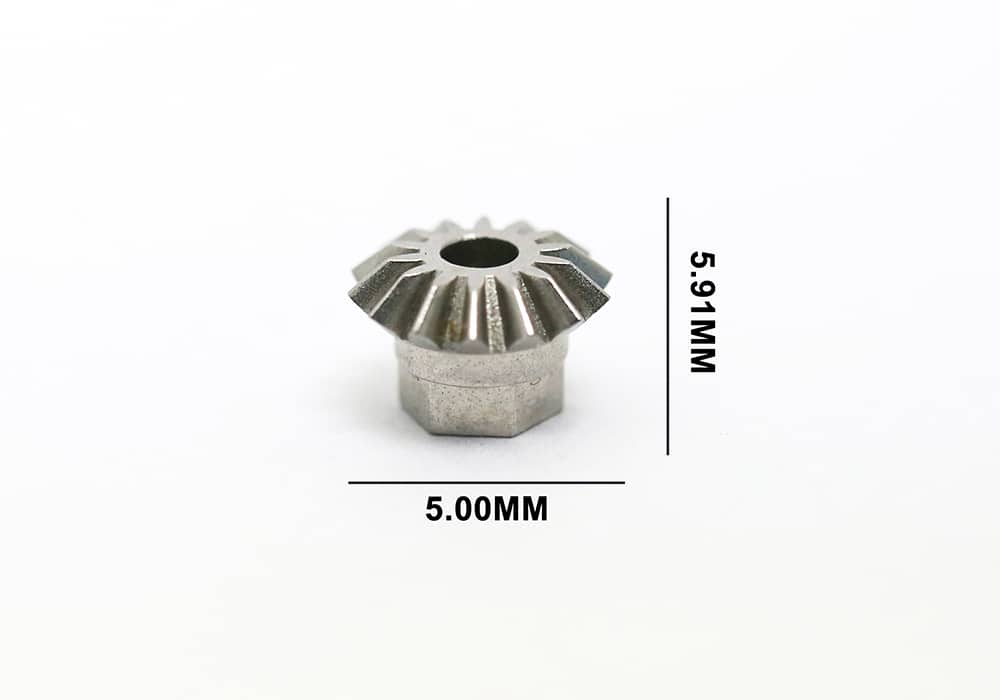
Metal Injection Molding Process
The common metal injection molding process, including four steps
- MIM feedstock is inserted into injection molding machines, then result the green parts with required geometries.
- Remove binder materials with heat, acid or solvent methods, to create the brown parts with voids between metal powder particles.
- Burn the remaining binder in brown parts in the segment of sintering.
- Increase sintering temperature, in order to decrease the porosity in metal powder, and densify the component.
Metal Injection Molding Benefits
MIM technology is a cost-effective technology for high volume production, it has high repeatability in mass production. The final MIM parts have mechanical and physical properties similar to the conventional methods.
Metal Injection Molding Limitations
As metal injection molding applies common molds to form parts geometries, this results in various limitations in actual production process. Such as:
- Wall thickness should be in reasonable extent, in order to avoid too thick or too thin.
- Any geometries or features should be considered for the final ejection step from mold.
- Sintering in high temperature will result in thermal issues (warping and internal stresses) in metal parts. Therefore, design geometries should be analyzed carefully.
Metal Binder Jetting
Metal Binder Jetting apply inkjet nozzles to deposit binder agent onto a thin layer of metal powder, and builds green parts layer by layer finally. MBJ is raising in popularity, due to its batch production capability. As the printing process of MBJ is at room temperature, there is no thermal effect issue of warping and internal stresses. In addition, MBJ also never need support.

Metal Binder Jetting Process
Metal binder jetting is a two-stage process, it involves a printing step and an essential post-processing (debinding & sintering) step.
MBJ Printing Process
- Spread a thin layer of metal powder (typical 50μm) over the build platform in binder jetting machine.
- The inkjet nozzles deposit a binding agent (polymer and wax) selectively, then bond the metal powder particles.
- Once a layer is finished, move down the build platform and repeat this process until the whole structure is complete.
This printing process will create the so-called ‘green’ part, it is similar to the greet part in metal injection molding process. Therefore, MBJ requires the post-processing step to remove the binding agent and create fully metal parts.
MBJ Post-processing
As the printed parts consist of metal particles and polymer adhesive, we apply different MBJ post-processing, there are two variations for this post-processing: infiltration & sintering. Normally, sintering is the major method in most applications, as infiltration creates parts with inferior properties like: mechanical and thermal behavior.
- Infiltration: The green parts are placed in a furnace, and create brown parts with internal porosity of 60%. Then heat brown parts in industrial ovens with a low-melting-point metal like bronze. Finally, the internal voids are filled, resulting in a bi-metallic parts with low porosity and good strength.
- Sintering: The green parts are placed in industrial ovens. The binder materials are burned off at first, then the remaining metal particles are sintered together with very low porosity. Finally, resulting the fully metal parts with 20% dimension smaller than the original green parts.
MBJ Benefits
Metal Binder jetting is the only metal 3D printing technology, which is cost-effective for low-to-medium volume production of metal parts. MBJ is a great option once production volumes are well above prototyping.
- No support structures are required, MBJ can apply its whole build volume in mass production. This make it competitive in cost with traditional manufacturing, especially for low-to-medium volume production.
- MBJ produces metal parts with low surface roughness of Ra 6 μm, it can create a smoother finish and sharper edges than DMLS/SLM, there is no need of extra finishing operations. In addition, comparing DMLS/SLM, MBJ has lower cost of raw metal powder.
- Metal binder jetting is almost 10 times economical than other metal 3Dprinting technology, moreover, the build size of MBJ is considerably large. Furthermore, MBJ technology can build quickly by multiple head nozzles.
MBJ Limitations
As MBJ technology applies sintering method to densify metal powder particles. There are internal voids and unexpected shrinkage in final metal parts. These elements result in undesired effect on final properties and tolerance.
- MBJ parts have internal porosity of 0.2 to 2%, sintering produces 97% dense parts, while infiltration approximately 90%. These internal voids will decrease the fatigue strength of metal parts greatly. However, may not affect the tensile strength in technical data.
- The sintering process is connected with significant shrinkage, and this shrinkage is non-homogenous. Therefore, it is difficult to predict with high precision. We need several trials to end up with desired final dimensions.
- Accuracy and tolerance of MBJ parts vary greatly depending on the geometry. It is difficult to predict, because of non-uniform shrinkage in different dimensions.
Technical Characteristics of MBJ
| Property | Metal Binder Jetting |
| Material Selection | Stainless steel, Tool steel, Tungsten carbide |
| Dimensional accuracy | ± 0.2 mm |
| Typical building size | 400×250×250 mm |
| Common layer thickness | 35 – 50 μm |
| Typical surface roughness | RA 6 μm |
| Support | Not required for printing |
| Internal porosity | 0.2% to 2.0% |
When To Use MIM vs MBJ
Metal binder jetting is a suitable option for production volume, which is beyond prototyping, but below the break-even cost of MIM mold. Normally, metal injection molding (MIM) is cost-advantageous once production volume is above 20,000. Otherwise, metal binder jetting (MBJ) is a more cost-effective option.
Similar to other additive technologies, it is easy to update any design in metal binder jetting, we just need to change the CAD files. However, the cost of MIM mold modification is very high, we need to take longtime to make this process by traditional machining technology.
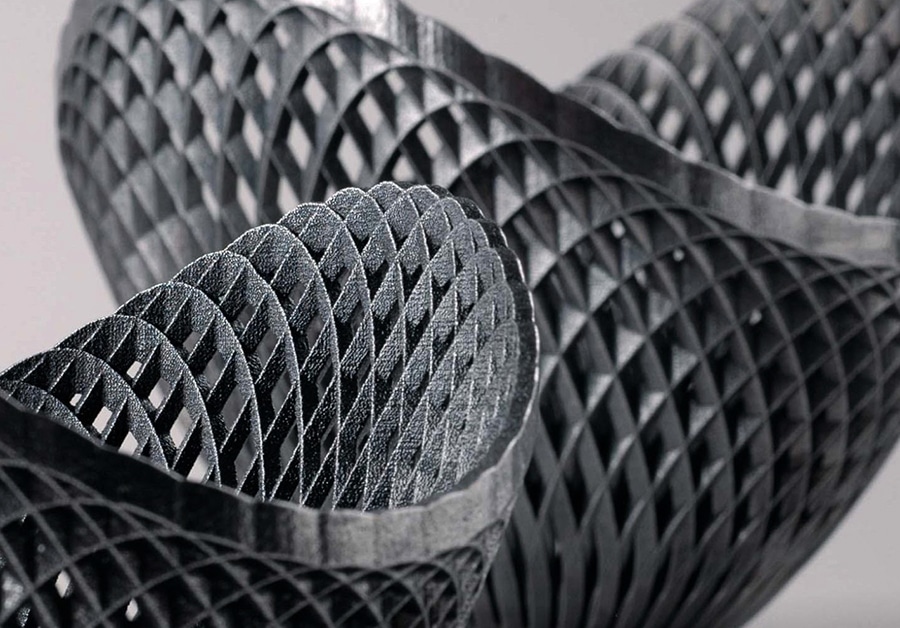
Conclusion
Metal injection molding (MIM) and Metal binder jetting (MBJ) have very similar capability. For small batch production, MBJ is the more cost-effective option. It can test multiple design without significant increase in cost or time. These advantages can compliment the MIM process.
MIM and MBJ are both suitable for small metal parts with geometries. Both technologies can be applied individually or together, in order to take advantage of each method. For example, we can apply MBJ to test multiple design iterations or address low volume requirement, then apply MIM for large volume production.
